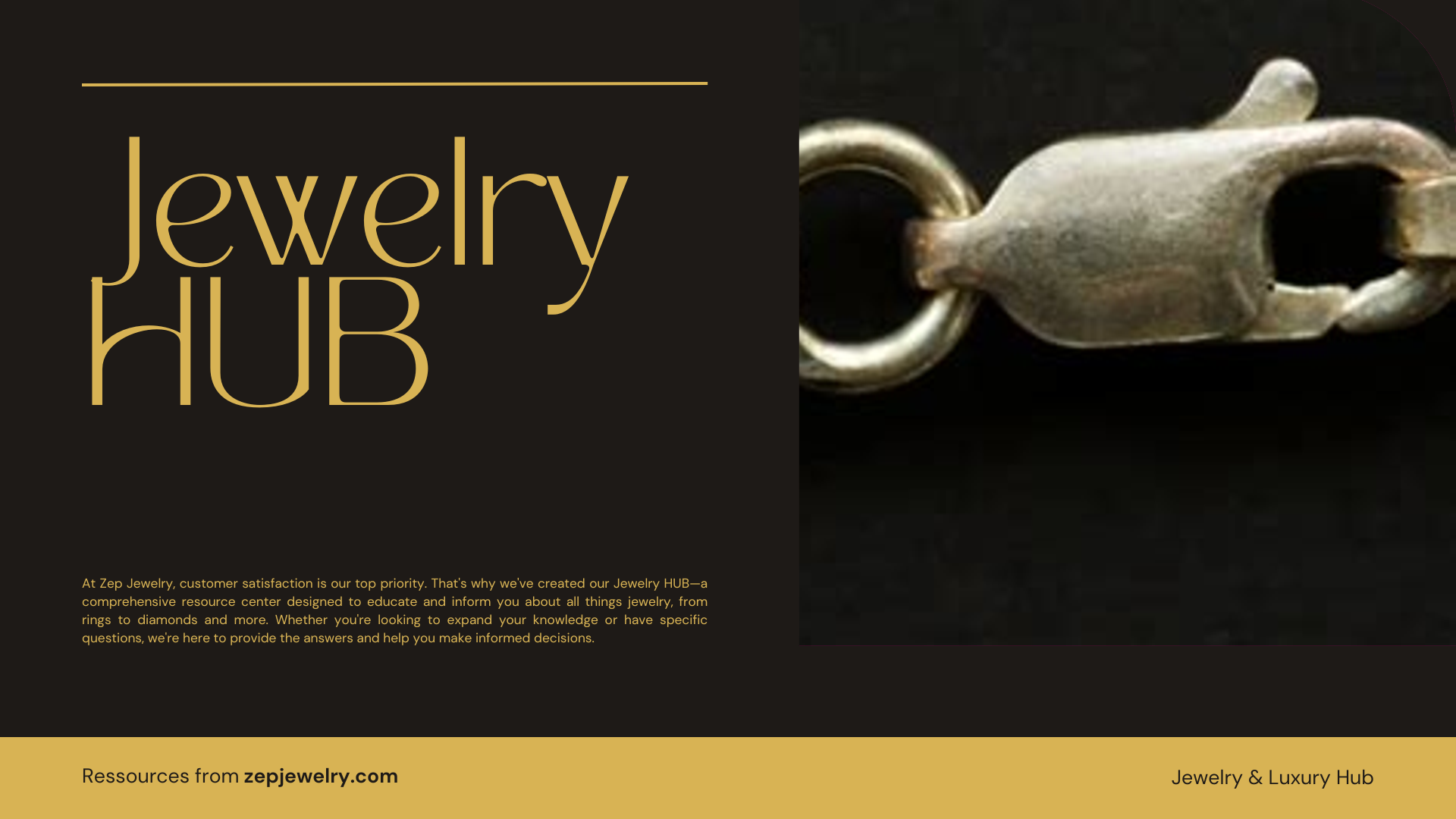Have you ever glanced at a piece of jewelry and wondered, “What does ‘925’ really mean?” This little stamp holds the key to understanding the quality and durability of the silver adorning your neck or wrist. The ‘925’ marking signifies a blend of 92.5% pure silver and 7.5% of other metals, typically copper, a combination that transforms this precious metal from a soft, delicate beauty into a resilient companion for everyday wear. A jewelry piece emblazoned with ‘925’ doesn’t just sparkle; it carries with it a promise of both elegance and strength, perfectly balancing shine with practicality.
What does the ‘925’ marking on jewelry signify?
The ‘925’ marking is a significant indicator that your jewelry is made from sterling silver. This means the piece contains 92.5% pure silver blended with 7.5% of other metals, which are predominantly copper. This unique composition is vital; pure silver, while beautiful, is too soft to be practical for jewelry items that see regular use. The addition of copper not only strengthens the silver but also makes it more durable, allowing for everyday wear without the fear of damage or excessive wear.
Understanding the ‘925’ hallmark opens a door to appreciating the craftsmanship behind your jewelry. The copper in the alloy enhances the piece’s strength, making sterling silver an ideal choice for various jewelry designs, from rings and bracelets to necklaces. Furthermore, the ‘925’ standard ensures a level of quality consistency across different manufacturers and countries, reassuring buyers of the product’s authenticity. It’s worth noting that this standard has been internationally recognized since the 1970s, providing consumers the confidence they need when making purchases.
Moreover, sterling silver retains its luster and aesthetic appeal beautifully over time, although it may tarnish without proper care. Regular maintenance, such as gentle cleaning and appropriate storage, can significantly prolong the beauty and integrity of your ‘925’ marked jewelry. So, every time you see that little ‘925’ stamp, you can feel assured knowing that you’re investing in a piece that not only embodies quality and style but also stands the test of time.
Is 925 silver valuable and how is its worth determined?
Yes, 925 silver, commonly referred to as sterling silver, is indeed valuable due to its favorable composition and market demand. Typically, the price of sterling silver ranges from $0.69 to $0.80 per gram, although this can fluctuate based on various market conditions such as supply and demand, geopolitical issues, and trends in the jewelry industry.
To determine the worth of a specific piece of sterling silver jewelry, simply multiply its total weight by 0.925, reflecting its 92.5% silver content. For example, if you have a bracelet weighing 50 grams, you would calculate its silver value as follows:
- First, find the total silver weight: 50 grams x 0.925 = 46.25 grams of pure silver.
- Then, multiply this amount by the current price per gram (let’s say $0.75): 46.25 grams x $0.75 = $34.69.
This method provides a clear picture of a piece’s intrinsic value, allowing consumers to gauge the worth of their jewelry accurately. Additionally, it’s important to consider other factors that can influence a piece’s overall market price, such as its design, craftsmanship, brand reputation, and any gemstones or special features it may possess. For instance, a well-crafted sterling silver piece from a renowned designer or one featuring exquisite stone settings could command a higher price than its raw silver value alone.
In essence, understanding the value of 925 silver not only helps consumers make informed purchasing decisions but also empowers them to buy and sell jewelry confidently, knowing they have a solid grasp of the metal’s worth.
How can one verify if a piece of jewelry marked ‘925’ is indeed sterling silver?
Authentication of ‘925’ jewelry can be achieved through several means. First, checking for a clear and well-stamped hallmark is essential, as poorly marked pieces can indicate inferior quality or counterfeit items. Professionals can utilize methods such as the nitric acid test and examining the presence of other identifying marks or stamps. Additionally, engaging sellers in discussions regarding the jewelry’s materials can bolster confidence in the piece’s authenticity.
Why is the durability of sterling silver important for jewelry?
Sterling silver’s durability stems from its alloy composition; the inclusion of metals like copper makes it significantly stronger than pure silver. This characteristic is crucial for jewelry intended for regular wear, such as rings or bracelets, as it minimizes the risk of scratching, bending, or breaking. Thus, the durability of sterling silver enhances its practicality while maintaining its aesthetic charm.
Are there potential misconceptions about the ‘925’ marking on jewelry?
One common misconception is that additional letters next to the ‘925’ marking denote variations in silver quality; in fact, they often do not. Some consumers also mistakenly associate the ‘925’ mark with gold quality, which is incorrect since the designation exclusively pertains to silver content. Jewelry lacking a ‘925’ stamp likely indicates a silver-plated item rather than solid sterling silver, making it essential to recognize proper markings for authentic pieces.
How does sterling silver’s popularity reflect its qualities?
The popularity of sterling silver jewelry can be attributed to its appealing combination of aesthetic beauty, reasonable cost, and versatility. With its lustrous shine and ability to complement various styles, sterling silver serves as an excellent material for an array of jewelry types, from elegant pieces to everyday items. Furthermore, the strength from its alloy composition makes it a suitable choice for all wearers, including those with metal sensitivities, solidifying its status as a favorite in the jewelry market.
What maintenance do I need to consider for sterling silver jewelry?
Regular cleaning is critical for maintaining the luster and preventing tarnishing of sterling silver. It’s recommended to clean pieces monthly and to store them in airtight containers to minimize exposure to air and moisture. Additionally, avoiding prolonged contact with water and known irritants will prolong the beauty and integrity of the jewelry. Implementing these practices helps preserve sterling silver’s visual appeal and longevity in jewelry collections.
